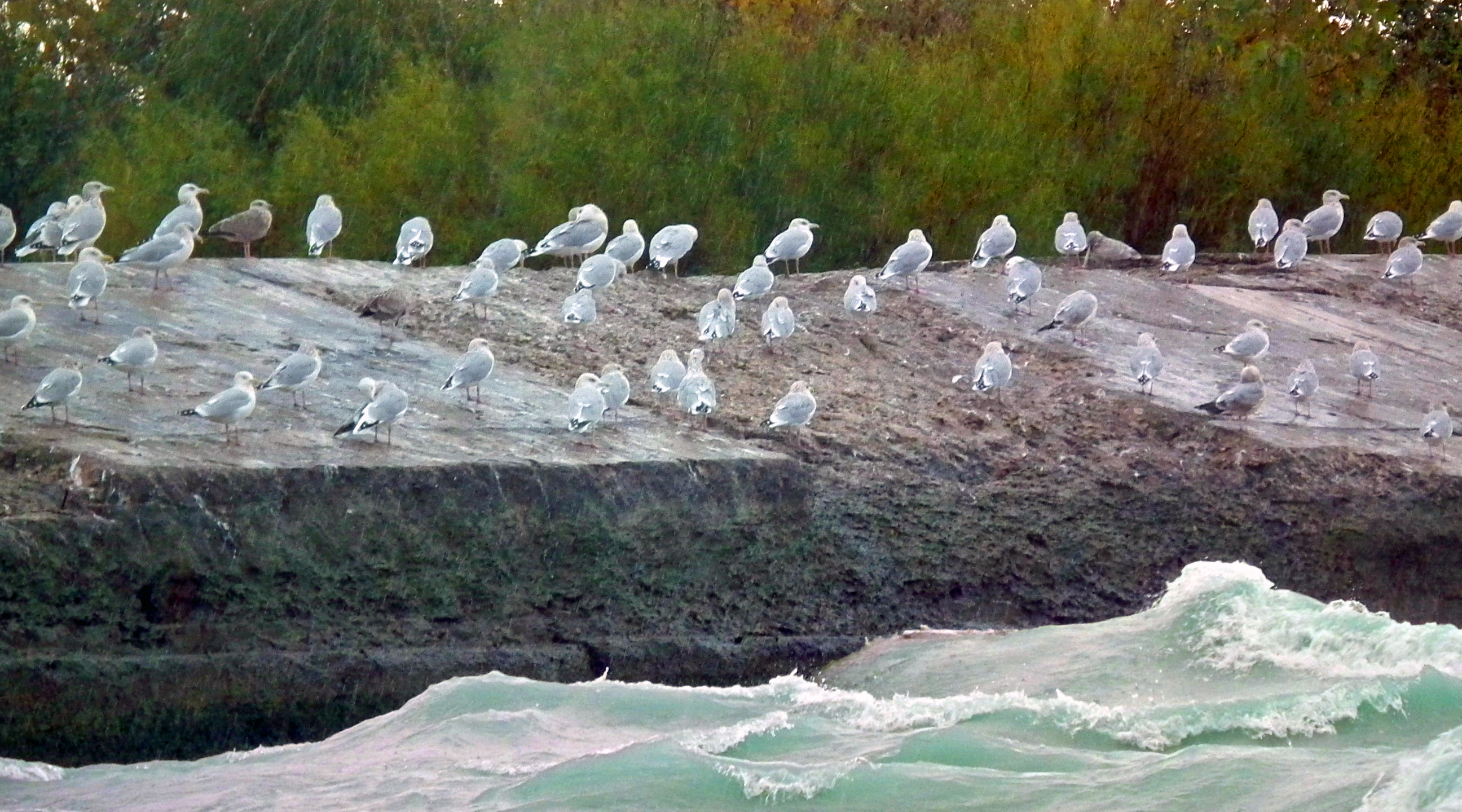Childhood Obesity

Here is a speech you are unlikely to hear during Canada’s next election campaign:
You know, kids are people too… they have rights. If they need a few beers or tequila shots after a tough day at school, who are we to stop them? They deserve it. And ciggies? It’s a free country – sure there are long-term consequences, but it’s their choice and we all know nicotine makes you feel pretty good. So give kids a break and just let them make their own choices.
Why not? The reason is obvious: while we may have public health policies for adults that discourage smoking without banning it, children (rightly) are not yet considered fully autonomous beings and we have a duty of care (as parents and and as a society) to prevent them from being damaged at least until they are.
And yet, with respect to childhood obesity, we somehow don’t seem to be taking this responsibility seriously.
We believe that fostering flourishing should be the objective of policy-makers, and it’s difficult to think of something as inimical to flourishing than childhood obesity. Beyond the well-known physical impacts – a very high likelihood of continued obesity into adulthood with the consequential health problems of diabetes and cardiovascular disease – childhood obesity also has a severe and immediate psychological impact upon its victims.1)Sources to support this claim are manifold, but the Mayo Clinic cites low self-esteem and bullying, behaviour and learning problems, and depression among the impacts of childhood obesity. Mayo Clinic on Childhood Obesity Impacts. Accessed August 28, 2020.
And childhood obesity is exploding, with rates of 1 in 6 in OECD countries.2)See OECD Obesity Update. Published June, 2017. Accessed August 28, 2020. This is unacceptable.
So what can be done?
Denmark is making an effort. An intense pilot program has taken on this challenge and seems to have had excellent results that are being rolled out further. Tackling childhood obesity is not easy in a world where we have created processed and sugary foods and drinks the long-term metabolic effects of which we are only beginning to understand.
In the Danish program, it has been found that children and their parents need to make up to 20 changes in lifestyle to have a significant impact.3)“Have the Danes cracked Childhood Obesity?” Accessed August 28, 2020.
One of the most important aspects of this program is that public policies need to make long-term investments to lead to progress. It is certainly expensive to operate this type of long-term and intense program. But it is undoubtedly more expensive to not do it… and Denmark recognizes this.
In Canada, at least one expert is recommending far bolder action. As Jim Grove puts it:
In today’s context of video games and bubble-wrapped children, if we are truly serious about getting kids active, we basically need to legislate physical activity and provide the resources to support it.
That probably sounds draconian and frightening to many, but please take a moment to think about it.
Educators, health practitioners, and governments can’t control whether or not kids choose to engage in unstructured free play. Nor can they control whether or not parents do the things necessary to ensure their kids are active in their spare time. But there is one place where, as a society, we can make an impact: we can guarantee quality physical education in schools. We can mandate it. Just as we currently mandate math: for all grade levels and for the entire school year. Over the past two decades, PE has practically disappeared from school curricula, and we need to change that.4)Jim Grove, “Why It’s Time to Legislate Physical Activity for our Kids,” Globe and Mail, November 17, 2014. Accessed November 30, 2014. Jim Grove on Legislating Physical Activity for Kids.
Given the negative impact of soaring childhood obesity rates, much bolder public policy (even legislation) is needed.
So we support Jim Grove’s suggestion here. Of course, what is not needed is the traditional hyper-competitive PE classes that created anxiety and separated the athletes from the non-athletes. What is needed is daily physical programs that are natural and pleasurable and lead to a lifetime of being physically active. This would most certainly pay for itself and vastly increase flourishing.
But we need to do much more. Specifically, if we do not address the childhood consumption of processed sugars and fats, Canadian children will not flourish.
Footnotes
| 1. | ↑ | Sources to support this claim are manifold, but the Mayo Clinic cites low self-esteem and bullying, behaviour and learning problems, and depression among the impacts of childhood obesity. Mayo Clinic on Childhood Obesity Impacts. Accessed August 28, 2020. |
| 2. | ↑ | See OECD Obesity Update. Published June, 2017. Accessed August 28, 2020. |
| 3. | ↑ | “Have the Danes cracked Childhood Obesity?” Accessed August 28, 2020. |
| 4. | ↑ | Jim Grove, “Why It’s Time to Legislate Physical Activity for our Kids,” Globe and Mail, November 17, 2014. Accessed November 30, 2014. Jim Grove on Legislating Physical Activity for Kids. |




 Beyond GDP: Lessons for Redefining Progress in Canadian Food System Policy
Beyond GDP: Lessons for Redefining Progress in Canadian Food System Policy The Toxicity of a Hyper-Competitive Work Environment
The Toxicity of a Hyper-Competitive Work Environment Universal basic income can be the worst of all worlds - but ‘free money’ schemes do work
Universal basic income can be the worst of all worlds - but ‘free money’ schemes do work Correcting Capitalism: Changing Metrics and Meanings of Work among Japanese Employees
Correcting Capitalism: Changing Metrics and Meanings of Work among Japanese Employees Loneliness During the Covid-19 Pandemic
Loneliness During the Covid-19 Pandemic